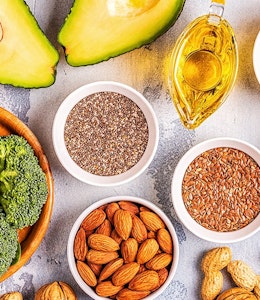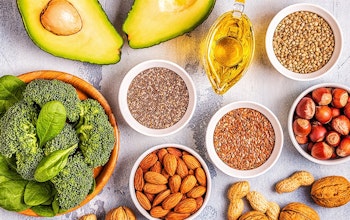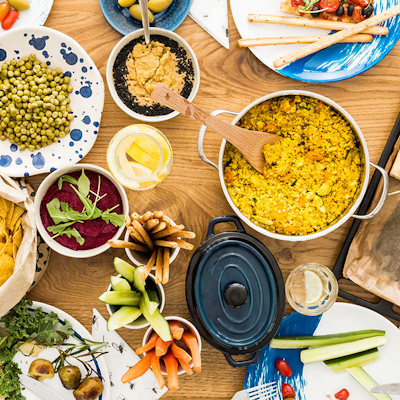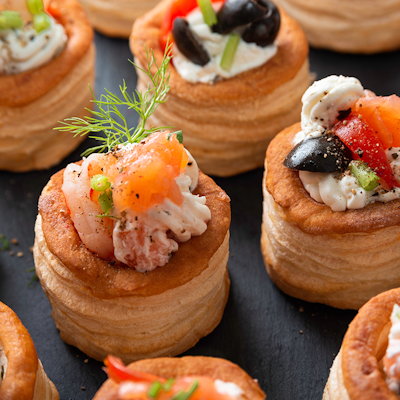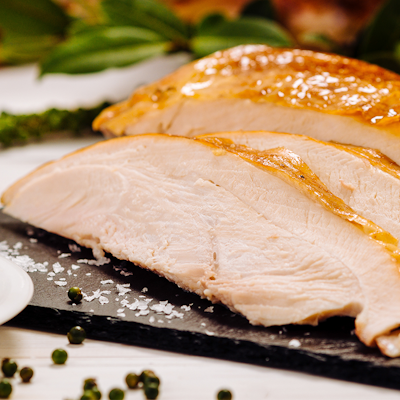Foods good for skin
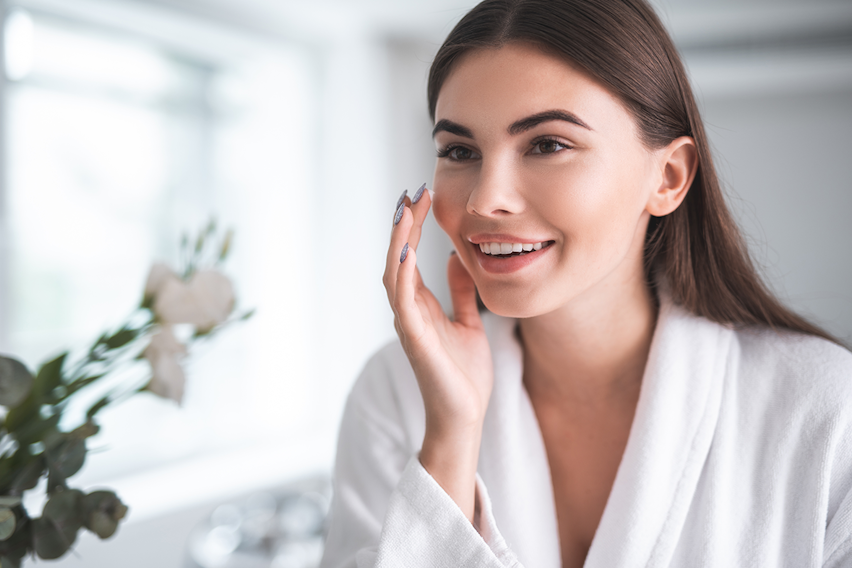
Foods good for skin are especially important during the winter, when we constantly go from chilly temperatures and harsh winds outside to central heating and condensation inside - putting stress on the skin barrier.
Add in the misconception that you don’t need to wear sunscreen during the colder months (you do) and SAD (Seasonal Affective Disorder) lowering the serotonin levels in the body, and knowing the best foods for skin repair and glowing skin is as important as using the right skincare products. That’s why we’ve put together this guide of everything you need to know...
Broccoli
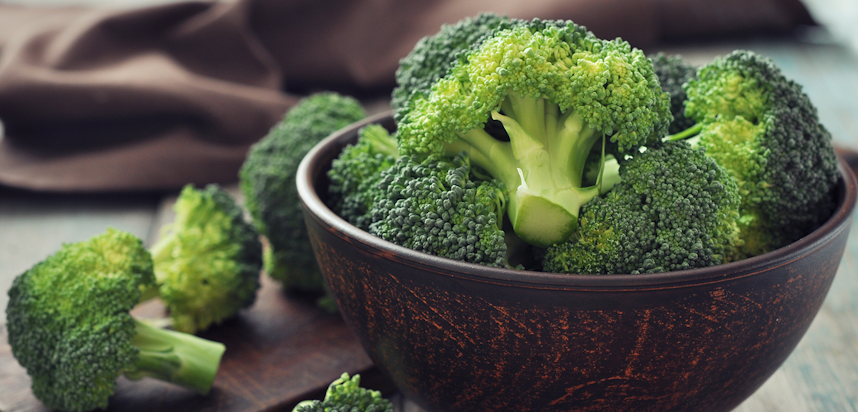
Broccoli is bursting with vitamins and minerals that good skin loves - including a surprisingly high amount of vitamin C, which in addition to boosting the immune system, protects against sun damage and UV light and has healing properties that helps clear up blemishes and discolouration on the skin. It is also important in the production and synthesis of collagen, a protein that keeps skin firm and plump.
Broccoli also contains the antioxidant selenium, lutein - which helps prevent dryness and premature wrinkles by protecting the skin from oxidative damage, reparative glucoraphanin to encourage luminosity, good amounts of zinc and vitamin A.
How to eat it
Boiled or roasted in olive oil and seasoned, on the side of dishes or in salads.
Avocados
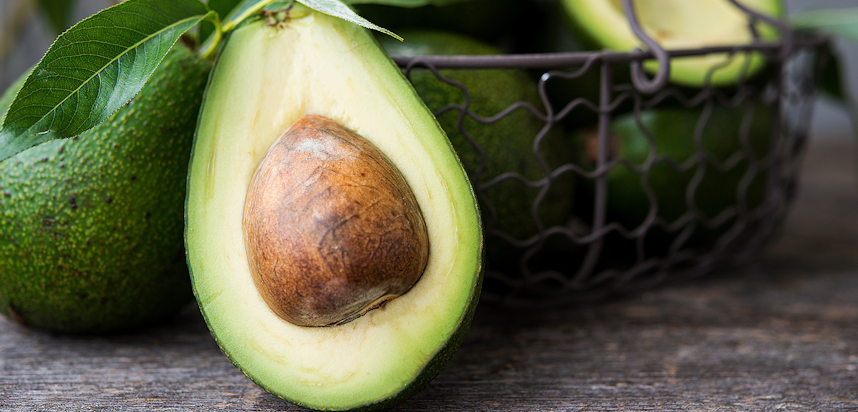
Avocados, whether eaten or applied externally, are great for skin, in no small part due to their high amounts of monounsaturated and polyunsaturated, which hydrate and replenish moisture to even very dry skin leaving it plump, bright and supple.
Avocados are also rich in vitamin E, which prevents cell damage and UV damage to the skin - in addition to skin-boosting carotene, lecithin, fatty acids, and vitamins A and D.
How to eat it
Smashed on toast, mixed with red onion, coriander, tomatoes and lime juice to make guacamole dip, sliced up in salads and sandwiches, seasoned and eaten alone.
What vitamins does your skin need?
Healthy skin needs many vitamins, among them vitamin D, vitamin E and vitamin K. Vitamin C is especially associated with skincare, due its antioxidant, anti-inflammatory and brightening qualities.
Olive oil
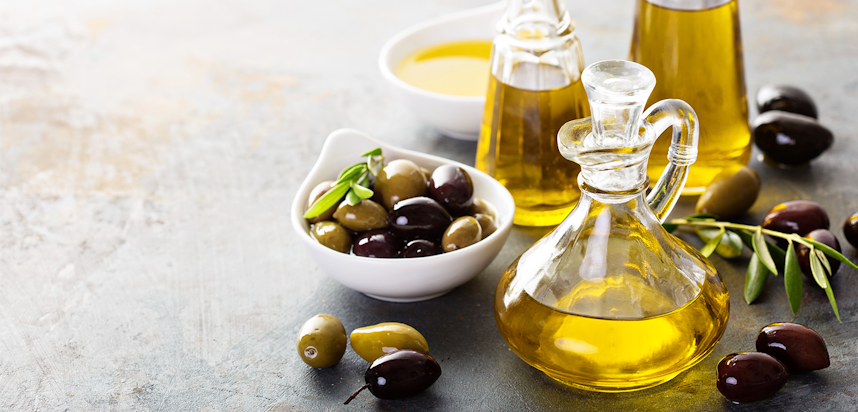
You may also be interested in…
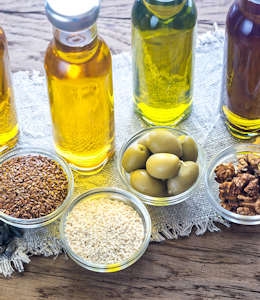
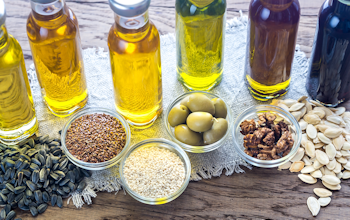
You may also be interested in…
Best cooking oil for every situation
ReadOlive oil is a staple in most healthy diets, but it is also particularly good for skin maintenance.
For starters it is excellent at reducing water loss in the skin - dehydration is the main cause of dry, dull skin. It is also rich in "healthy" fats such as monounsaturated fats which reduce the risk of wrinkles by preventing photoaging in cells.
Olive oil also has good levels of the antioxidant vitamin E, which fights ageing free radicals and descalates redness and inflammation caused by conditions such as acne.
Additionally, olives - and by extension olive oil - contain polyphenolic compounds which boost blood flow in the body and help the vitamins and minerals needed for good skin reach that part of the body.
How to eat it
Use olive oil to fry, roast and even grill foods, as well as an ingredient in dressings, sauces and drizzled over food.
Oily fish
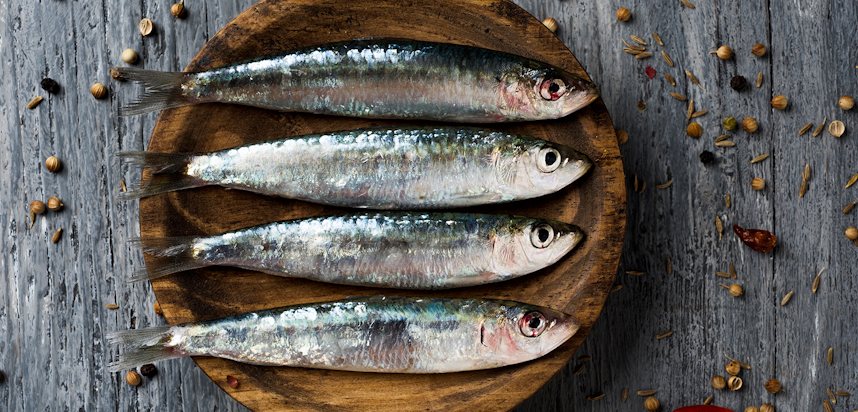
Oily fish such as trout, sardines, mackerel, herring and salmon are famous for containing Omega 3, a polyunsaturated fat that is known to be very good for skin.
This is because Omega 3 acts as a natural moisturiser both inside and out, improves elasticity and is an anti-inflammatory that can soothe skin conditions such as eczema.
Oily fish are also rich in vitamin E and the mineral zinc, both of which prevent the damaging effects of photoaging and aid the healing process and regeneration, and the latter of which supports the oil-producing glands in the skin that keep it supple.
How to eat it
Oily fish is best eaten grilled, poached or even pan-fried and it’s best not to overcook and lose those precious oils.
What foods are good for skin acne?
Although diet alone is highly unlikely to clear up acne, some foods are thought to reduce the overproduction of sebum and prevent it from getting worse, such as whole grain bread, fresh fruit and vegetables, fish, sunflower seeds and especially nuts such as cashews and walnuts. Additionally, foods high in saturated fats such as butter and cakes, and processed foods should be avoided.
Oily fishes makes a great main ingredient for a meal, eaten alongside vegetables and potatoes, as part of a salad or in the case of kippers, mackerel and sardines, eaten on toast for breakfast.
Allergen alert!
Fish is one one of the 14 major food allergens.
Nuts
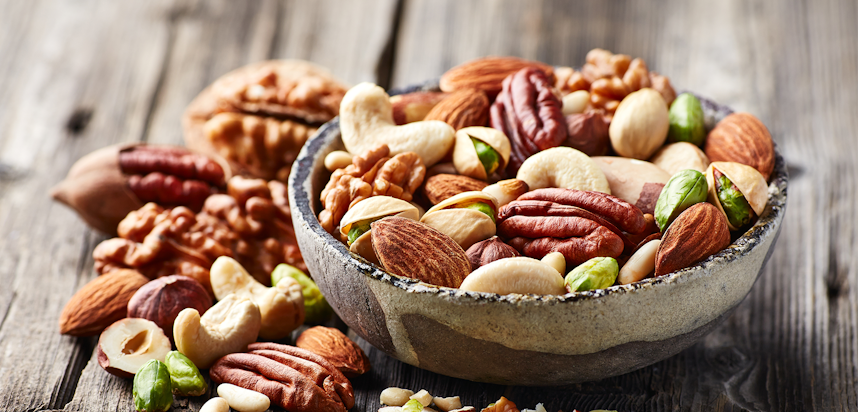
Nuts in general (particularly those that grow on trees) are great for skin, but some have even more skin-improving properties.
You may also be interested in…
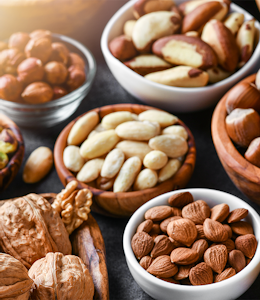
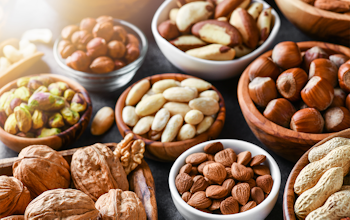
You may also be interested in…
14 Allergens: The Different Types of Tree Nut
ReadMost nuts - hazelnuts, pine nuts, pistachios almonds especially, are rich in vitamin E, which breaks down toxins and protects the skin from cell damage and consequently unevenness, discolouration and wrinkles.
Brazil nuts have high levels of of selenium, which works alongside vitamin E (and vitamin C) to protect against sun damage and even skin cancer.
Walnuts are especially great for skin, as they contain prebiotics that contribute to gut health (which ultimately impacts the skin) and melatonin, which aids sleep and as a result maintains the skin barrier function and keeps toxins at bay.
As a group, nuts are also a great source of monounsaturated and polyunsaturated fats, which keep skin hydrated and moisturised, as well as zinc - a mineral that helps the skin’s oil production so dryness and lines are less likely to occur.
How to eat them
Nuts can be eaten in many different ways - alone as a snack, as an ingredient in baked goods, curry, sauces and salads, as well as being pressed into cooking oil or plant-based milk or ground into a spreadable butter.
Allergen alert!
(Tree) Nuts and Peanuts are one of the 14 major food allergens.
Tomatoes
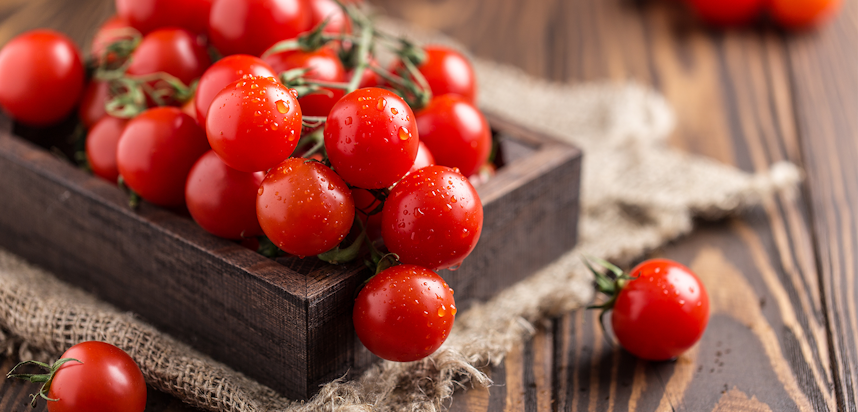
As well as being a good source of vitamin C, which helps reduce the amount of free-radicals in the body, retains moisture and prevents cell damage, tomatoes contain the pigment lycopene, which prevents photodamage in the skin and acts as an antioxidant and protection against UV radiation.
Tomatoes also contain beta carotene and vitamin E, which break down toxins and minimise irritation to the skin, and they also act as an astringent which can reduce the size of pores.
How to eat them
Tomatoes can be eaten raw, but cooking them actually increases the amount of lycopene the body is able to absorb. They can be used as an ingredient in sauces, salads, pasta bakes, stews and chilli, and as a garnish on dishes such as steak and hamburgers.
Good fats such as monounsaturated and polyunsaturated fats are key to good skin, but it's important to remember that they are still fats and too many of them will have an adverse effect on the body. You can use Erudus Allergen & Nutritional Data Search to check the fat content and Reference Intake of a food product or ingredient.
Flaxseed
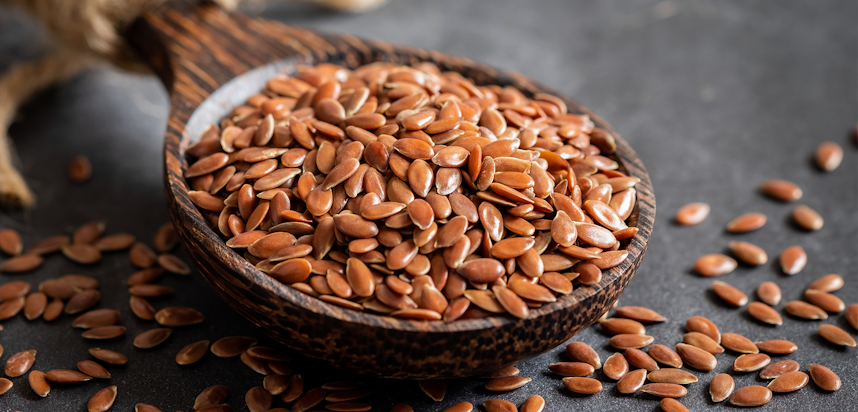
Flaxseed, and particularly flaxseed oil is a great skin food for those following a plant-based diet, and is an excellent source of “good” fats, including Omega 3 and other monounsaturated and polyunsaturated fats that work alongside vitamin E to act as a natural lubricant and keep the skin firm, smooth and well-moisturised, as well as acting as an anti-inflammatory that eases skin conditions like psoriasis and eczema.
Flaxseed and flaxseed oil also contain good amounts of oil-gland aiding zinc, which also helps the skin’s healing process and repairs damage.
Skin hydrating plant “oestrogen” and ligaments and antioxidants that help prevents wrinkles are also present in flaxseed.
How to eat it
Flaxseeds can be eaten raw or toasted as a snack, and as part of breakfast cereal, muesli and other nut and seed mixes. Flaxseed can also be pressed into an oil, which because of its low smoke point is best used as a dressing.
Blueberries, blackcurrants and grapes
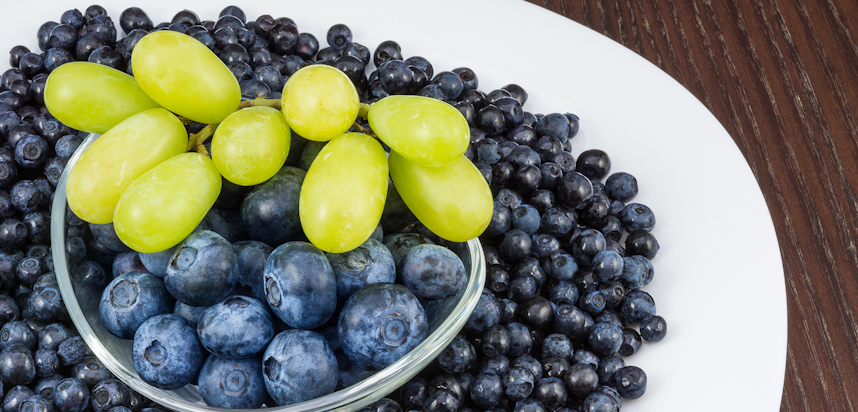
Like most fruits, blackcurrants, grapes and blueberries are a great source of vitamin C, which is necessary for the skin to keep blood capillaries strong, prevent free-radical and UV damage, fight pollution and heal blemishes and discolouration.
Vitamin C is also integral to the production of collagen, the protein that keeps skin plump and firm.
Blueberries themselves are rich in anthocyanin, which further aids collagen production, and can be applied externally to skin too.
Blackcurrants, specifically blackcurrant seed oil, can be used as a skin treatment that acts as an anti-inflammatory and fights bacteria to prevent acne and other skin issues.
Grapes (red, green and black varieties) are thought to protect against UV light damage thanks to the fact they contain ellagic acid and resveratrol, compounds that help combat wrinkles and other symptoms of oxidative stress.
What foods are good for hair?
Foods rich in B vitamins (such a biotin - which is associated with growth in many areas of the body), are useful for maintaining healthy hair. Chicken cooked via a method such as grilling is a good, B vitamin rich food. Eggs are also rich in biotin, and Brazil nuts contain high amounts of selenium - a mineral also thought to encourage hair growth.
How to eat them
Eat raw as as a snack, as part of fruit salads, as an ingredient in desserts and even salads, and as a garnish or addition to drinks.
Watermelon
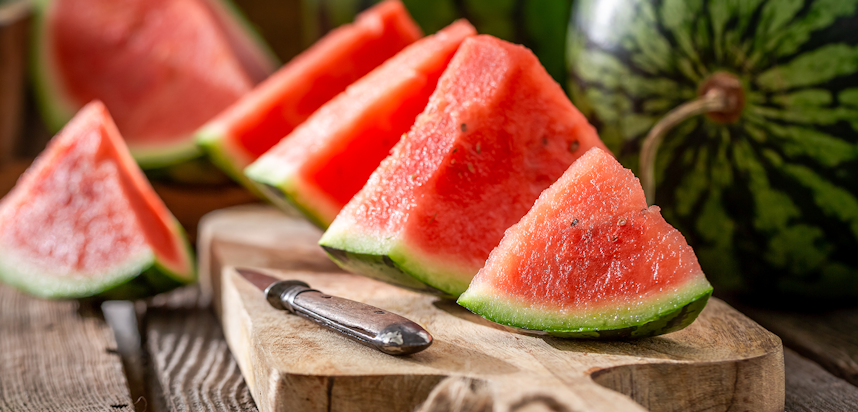
Watermelon’s high water content make it one of the most hydrating foods there is, allowing skin cells to keep hydrated and consequently improving its texture and elasticity.
Vitamin C, well known to help fight free radicals in skin and prevent it from becoming dull and outbreak-prone, as well as anti-oxidising beta-carotene are also present in watermelon, helping it to stay clear and bright.
Watermelon can also be applied externally to the skin to remove dead skin cells and gently exfoliate to give skin a glow, thanks to its combination of grainy particles and malic acid in the fruit.
How to eat it
Sliced and chilled as a healthy snack or dessert, blended into juices and smoothies, chopped up and added to fruit salads.
Water
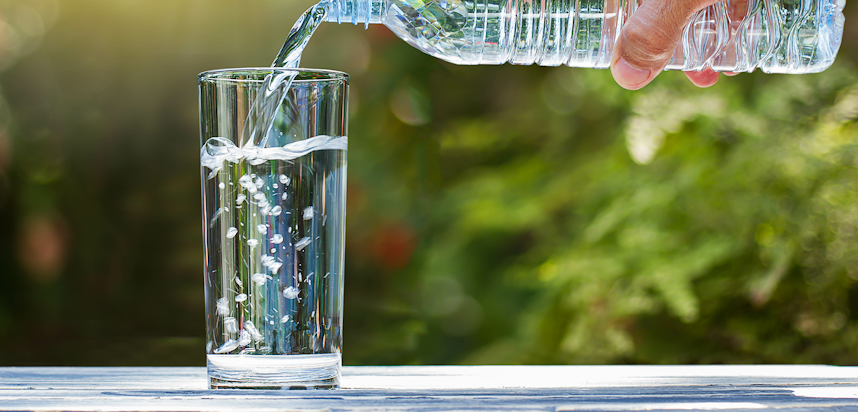
It’s a no brainer that water is good for skin, experts recommend at least 2 litres or 6-8 glasses a day. Water keeps skin hydrated, which is necessary for the skin to be supple, plump and smooth. It does this by maintaining body temperature and replenishing skin tissue. Dehydrated skin will be dry and dull, as well as more prone to scarring and ageing.
How to drink it
Alone, with fruit juice or cordial, sparkling, still, with a twist, with ice, with tea…
What foods are bad for skin?
Foods high in sugar are bad for skin, as sugar has a negative effect on proteins such as collagen and elastin, which retain the skin’s firmness and elasticity. Sugar can also make skin dull and aggravate acne.
Foods high in saturated fats and refined carbohydrates, such as fast foods, donuts, fries and biscuits encourage the skin to produce sebum, which can lead to oiliness and blackheads.
Extremely processed foods can be damaging to skin in the long-term due to inflammation, and alcohol is another known enemy to healthy skin - causing short-term dehydration and fatigue as well as dark circles and sagginess over time.
